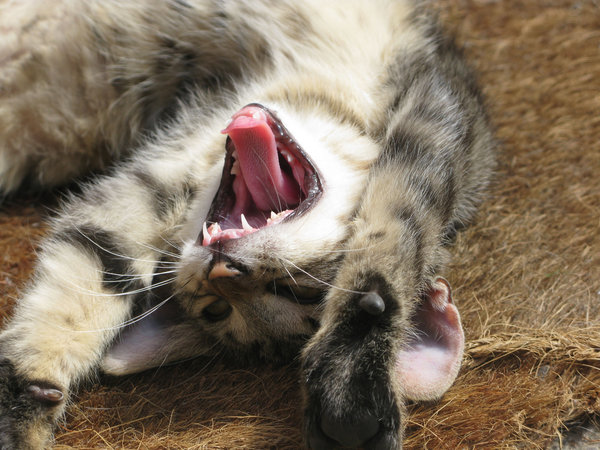
Cat litter and litter boxes play an essential role in the lives of both felines and their owners. From the humble starts of sand and soil to the ingenious advancements of today, the world of cat litter has developed substantially. In this comprehensive guide, we explore every aspect of cat litter and litter boxes, exploring their history, types, advantages, obstacles, and whatever in between.
The history of cat litter dates back centuries, with ancient civilizations using sand, soil, and even ashes as primitive litter materials. However, it wasn't until the mid-20th century that modern cat litter as we know it emerged. In 1947, Edward copyright introduced the world's first industrial cat litter made from absorbent clay, reinventing the method cats relieved themselves inside your home. Given that then, cat litter has actually gone through many improvements, with the intro of clumping litter, silica gel litter, naturally degradable choices, and more.
Today, feline owners are spoiled for choice when it concerns choosing the best litter for their feline companions. Traditional clay litter remains popular for its price and efficiency in soaking up smells. Clumping litter, which forms solid clumps when wet, simplifies cleansing and upkeep. Silica gel litter, composed of highly absorbent silica crystals, offers superior odor control and durability. Eco-friendly choices, such as recycled paper, wood pellets, corn, and wheat, attract environmentally mindful customers.
Each type of cat litter offers special benefits. Clay litter masters its ability to absorb wetness and control odors, making it a dependable choice for lots of feline owners. Clumping litter simplifies day-to-day scooping and extends the time between complete litter modifications. Silica gel litter offers exceptional smell control and can last longer in between replacements. Biodegradable litters use a sustainable option that minimizes ecological impact.
While cat litter boosts indoor feline health, it is not without its challenges. Dust from clay litter can posture breathing risks for both cats and humans, triggering the appeal of dust-free alternatives. Some felines may establish litter box aversion due to concerns with texture, fragrance, or cleanliness, requiring experimentation with different litters and box setups. Multi-cat households might require tactical litter box placement and regular maintenance to prevent territorial disagreements and guarantee all cats have access to clean centers.
Choosing the appropriate litter box is vital for promoting positive litter box practices and overall feline wellness. Factors to consider consist of size, availability, and design choices. Covered litter boxes provide personal privacy and help include odors, but some felines may discover Clay Cat Litter them restricting or frightening. Open-top litter boxes provide simple access and visibility but might result in more litter scatter. Automatic self-cleaning litter boxes streamline maintenance however require regular tracking and upkeep.
Appropriate litter box upkeep is essential for ensuring a clean and inviting environment for both felines and their owners. Daily scooping removes waste immediately, cat litter scoop minimizing odor and preventing litter box aversion. Regular litter replacement, usually every 1-2 weeks, prevents bacterial accumulation and keeps optimal absorbency. Comprehensive cleansing with moderate detergent and water, avoiding extreme chemicals that might deter cats from utilizing package, should be performed monthly.
Cat litter and litter boxes play a main function in cultivating a healthy and harmonious relationship between cats and their human buddies. With a varied array of litter options and litter box designs offered, feline owners have the versatility to customize their choices to suit their cats' preferences and home requirements. By comprehending the development, types, benefits, and difficulties of cat litter and litter boxes, pet owners cat litter scoop can provide their feline buddies with a comfortable and sanitary indoor environment.